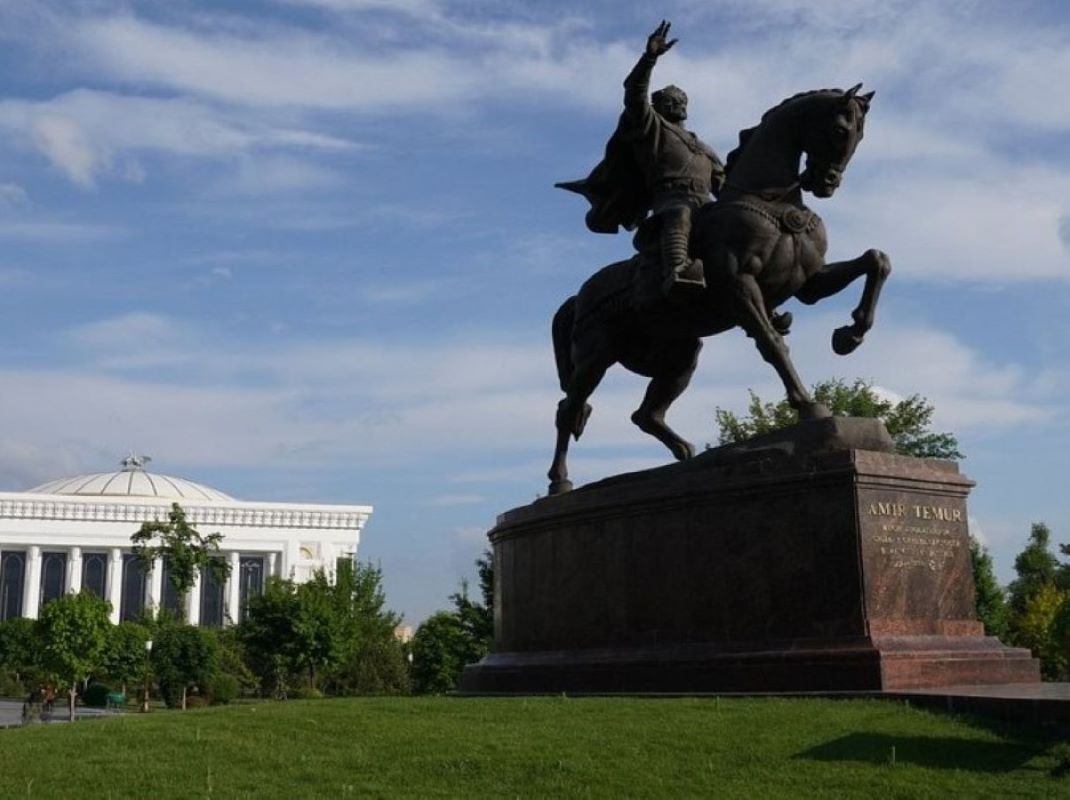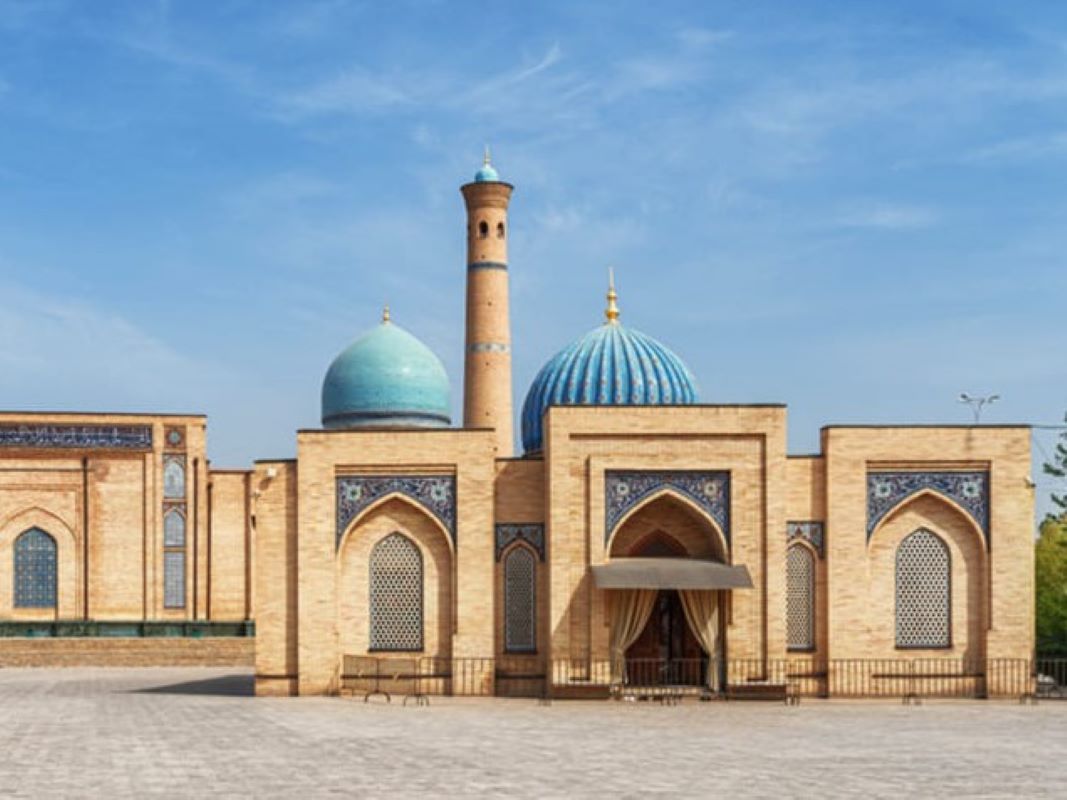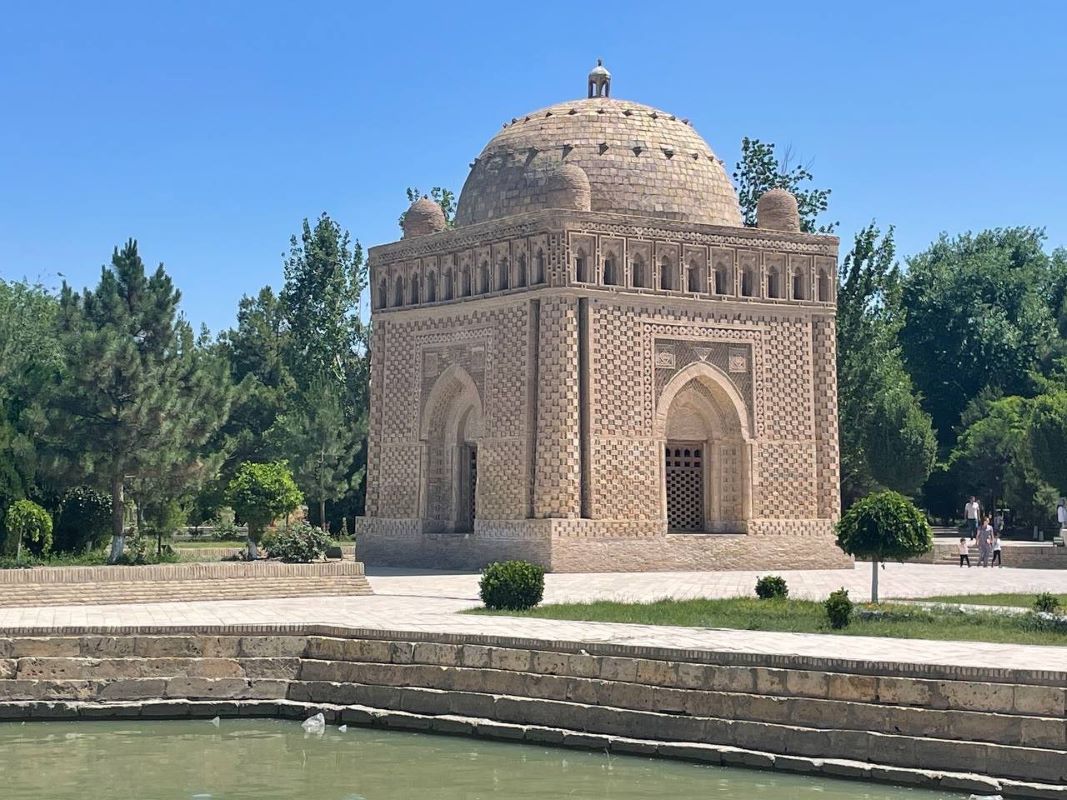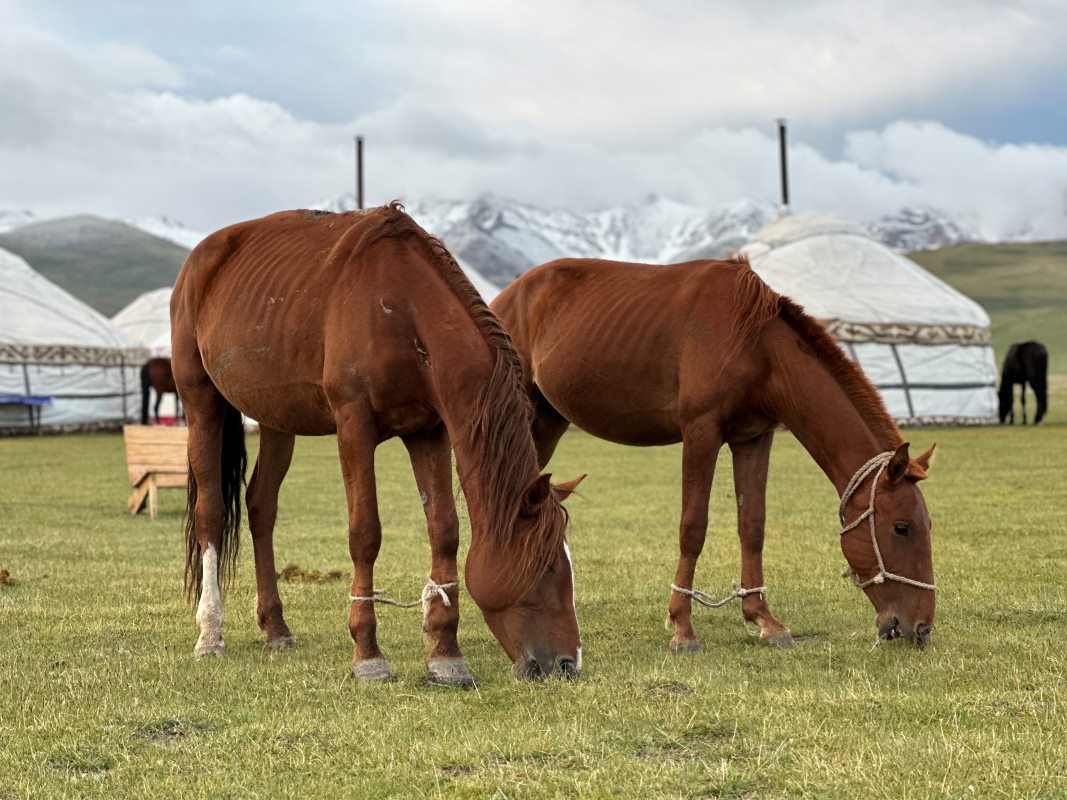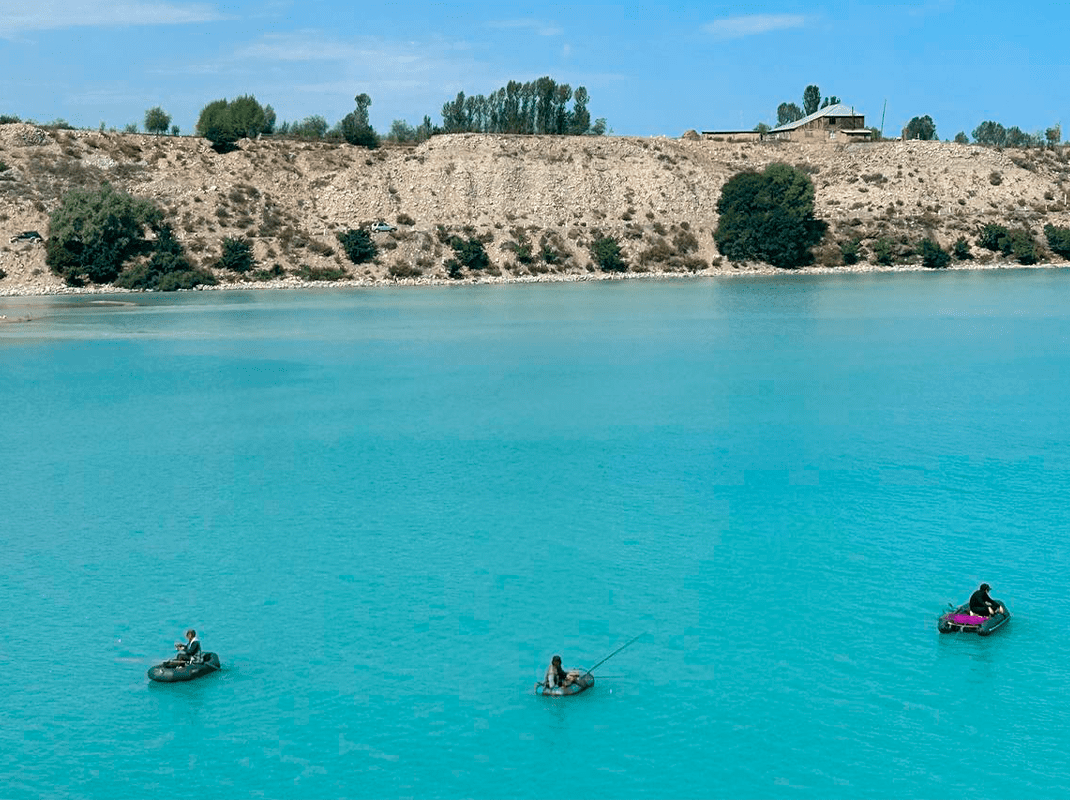Amir Temur square is truly the center of the Tashkent city and a favorite place for citizens, tourists and guests of the capital. Meetings are appointed here, walks in the fresh air and just relax sessions.
The square was established as far back as 1882 and has suffered many changes over more than 130 years. Initially, the square was called Konstantinovsky, then Kaufmann, after the revolution in 1917 – the square of the Revolution. After gaining independence by Uzbekistan, on August 31, 1994 the square was renamed in honor of the great commander and statesman Amir Temur, having set a bronze monument of Tamerlane sitting on the horse in the center of the square. Amir Temur’s motto “Power in Justice” was carved in 4 languages on the monument.
The square was laid in front of the headquarters of the Turkestan military district on the initiative of Mikhail Chernyaev and according to the project of architect Nikolai Ulyanov in 1882 at the intersection of two central streets of the new city – Moskovsky and Kaufmanovsky Avenue. The square received the name of Konstantinovsky.
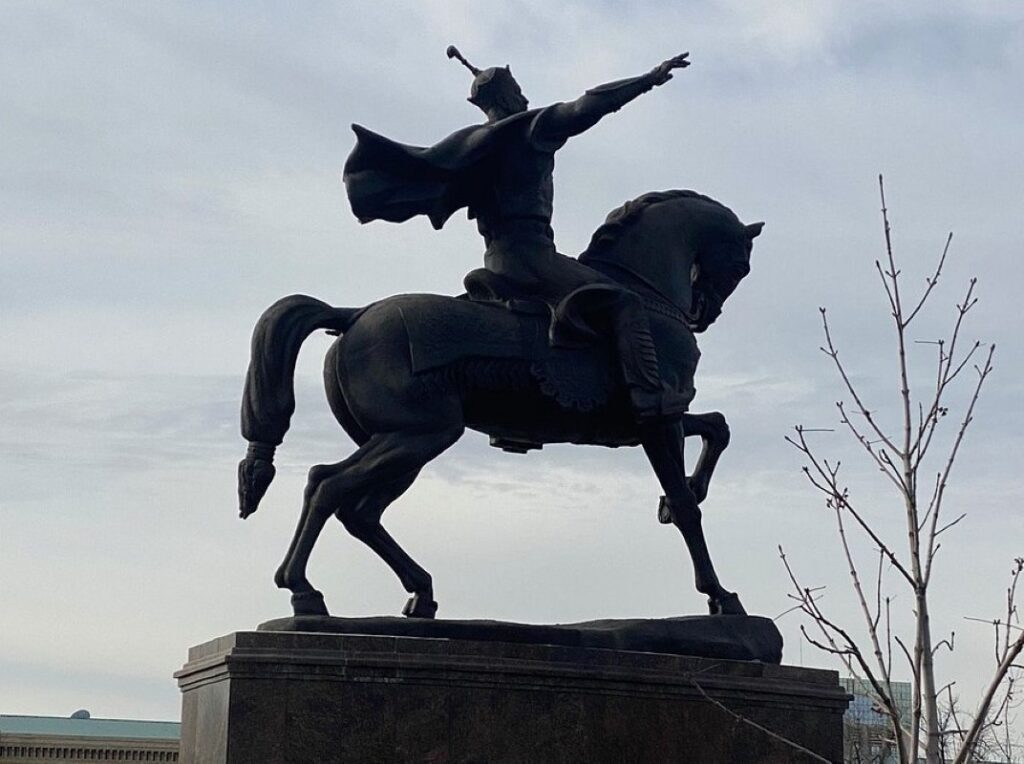
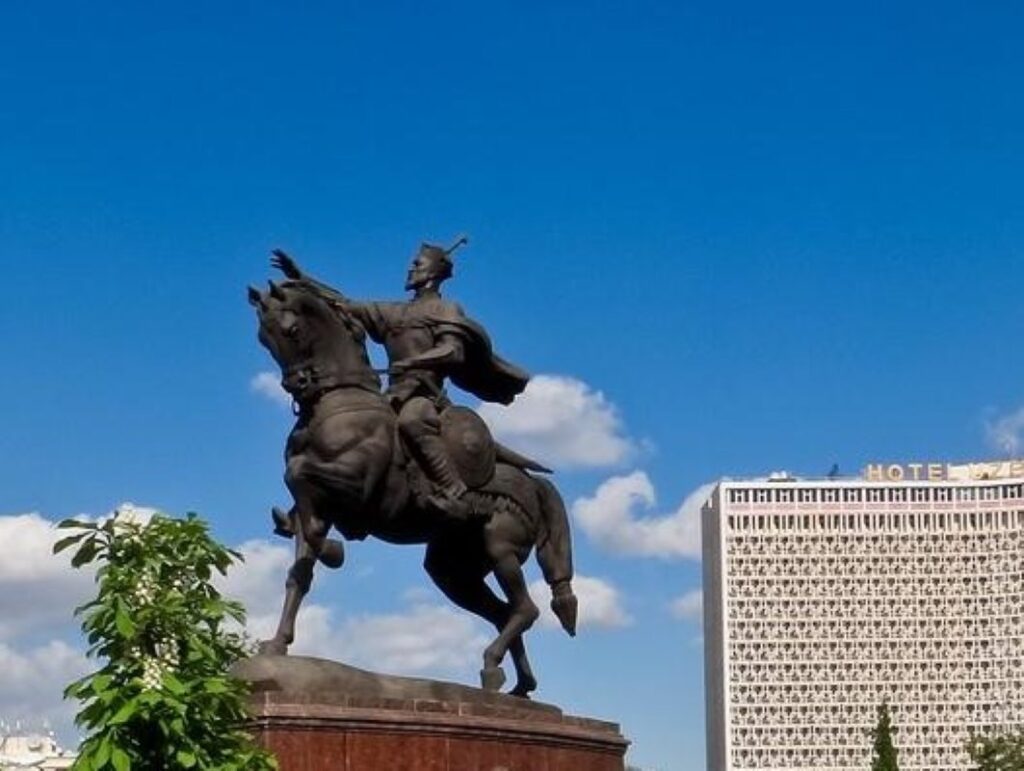
Over its short history, the square changed six names, twice became either pedestrian or traffic, and in its center ten different monuments and monuments replaced each other.
Perhaps the most famous architectural monument located on the Square is the Tashkent Chime (or Clock Towers). Over dozens of years from the moment of its construction in 1947, it was the symbol of Tashkent. The author of the building floor plan was A.A. Mukhamedshin and this project initiator was I.A. Eisenstein – one of the Tashkent residents, a watchmaker by profession. During the war he participated in battles for city of Konigsberg and brought the famous clock mechanism from there and presented it on behalf of his regiment to Tashkent. The architectural design was chosen from competition entries and the 30m tower now displays an ethnographic collection of traditional Uzbek textiles (including embroidery), woodcarving and ceramics. A famous Uzbek master in ganj carving – usto Shirin Muradov participated in its outer facade decoration. In 2009 another chime being as a mirror reflection of the old one was built in the course of construction in the center of the city. The second tower contains a showroom exhibiting antique and modern jewellery made by Uzbekistan’s master craftsmen. Today new and old chimes may be called an original “Gate” of the Square.

